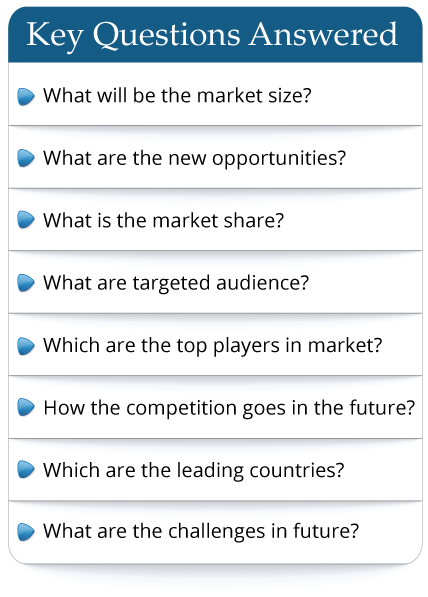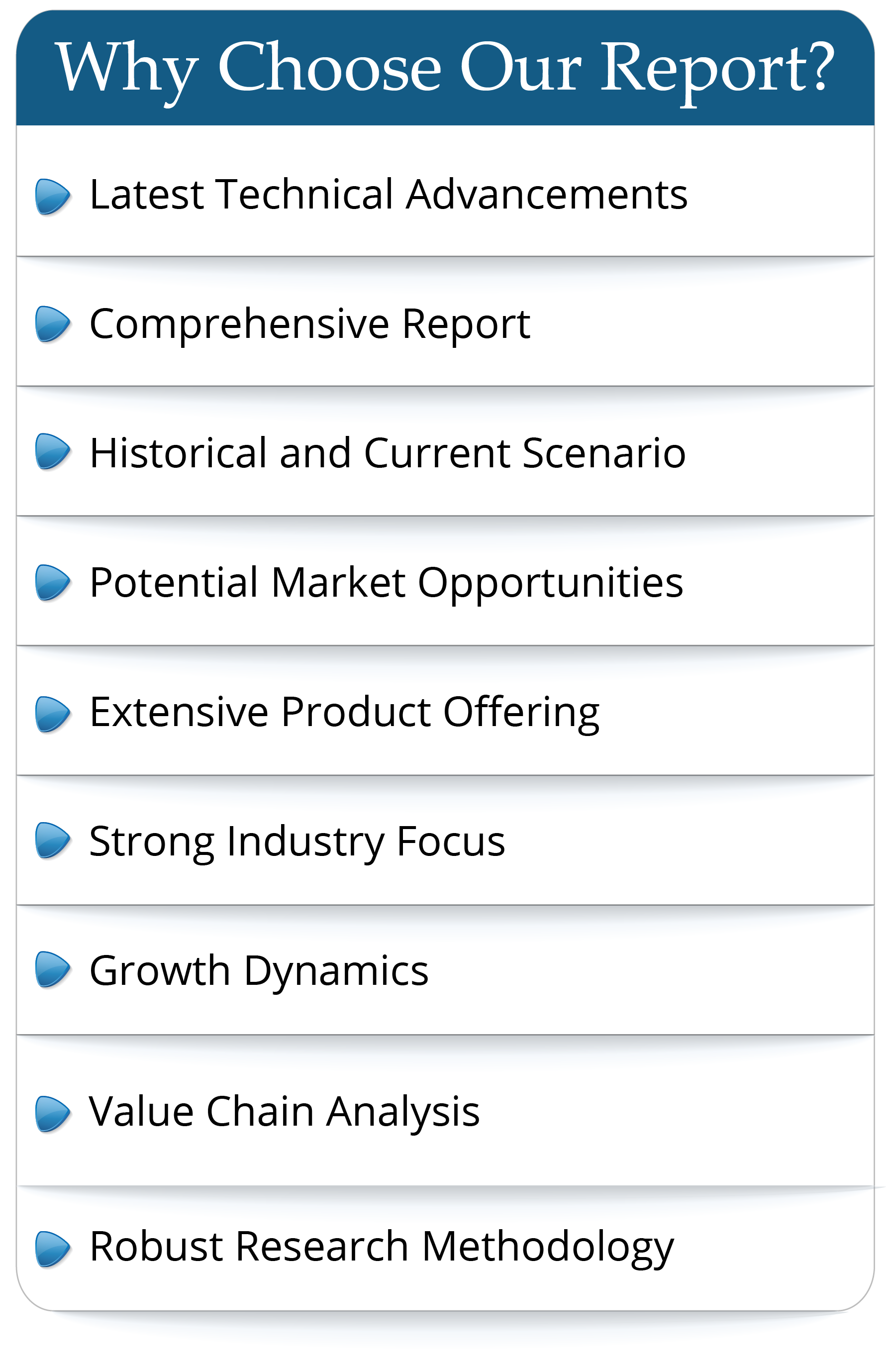The global Vacuum Plasma Surface Treatment Equipment market was valued at US$ 264.4 million in 2023 and is anticipated to reach US$ 401.7 million by 2030, witnessing a CAGR of 6.2% during the forecast period 2024-2030.
Opportunities:
Expanding Electronics Manufacturing: The electronics industry, including semiconductor manufacturing and printed circuit board (PCB) fabrication, presents significant opportunities for vacuum plasma surface treatment equipment. The demand for smaller and more advanced electronic components continues to grow, driving the need for precise surface modification techniques.
Advanced Materials in Aerospace: The aerospace sector is increasingly adopting advanced materials to improve aircraft performance and fuel efficiency. Vacuum plasma treatment can enhance the surface properties of these materials, making it a valuable opportunity in the aerospace industry.
Green Energy Technologies: The shift toward renewable energy sources and energy storage solutions presents opportunities for vacuum plasma treatment equipment. It can be used to improve the performance and longevity of materials in batteries, photovoltaic cells, and other green energy technologies.
Medical Device Innovation: Vacuum plasma treatment is crucial for improving the biocompatibility and performance of medical devices and implants. As medical technology continues to advance, the demand for surface treatment solutions in the healthcare sector is expected to grow.
Quantum Technologies: The emergence of quantum technologies, including quantum computing and quantum communication, requires precise surface treatments for components like superconducting qubits and single-photon detectors. Vacuum plasma treatment equipment plays a role in enabling these technologies.
Emerging Markets: Growing economies in regions like Asia-Pacific offer opportunities for vacuum plasma surface treatment equipment manufacturers to expand their presence. The automotive, electronics, and manufacturing sectors in these regions are on the rise.
Customization and Specialization: Offering customized solutions for specific applications and industries can be a lucrative opportunity. Tailoring vacuum plasma treatment equipment to meet the unique requirements of customers can lead to long-term partnerships and business growth.
Trends:
Industry 4.0 Integration: Vacuum plasma treatment equipment is increasingly being integrated into Industry 4.0 and smart manufacturing environments. This includes the use of sensors, data analytics, and automation for real-time monitoring and control of surface treatment processes.
Environmental Sustainability: Sustainability is a growing trend in manufacturing. Vacuum plasma treatment is considered more environmentally friendly compared to some traditional surface treatment methods, making it an attractive choice for eco-conscious industries.
Materials Innovation: Ongoing research in material science is leading to the development of new materials with unique properties. Vacuum plasma treatment is adapting to accommodate these emerging materials and enhance their performance.
Miniaturization and Precision: The trend toward smaller and more complex components in electronics and other industries demands greater precision in surface treatment. Vacuum plasma treatment equipment is evolving to meet these requirements.
Multifunctional Coatings: There is a trend toward developing multifunctional coatings that provide multiple benefits, such as anti-corrosion properties, increased hardness, and enhanced electrical conductivity. Vacuum plasma treatment can contribute to the creation of such coatings.
Customization and Application-Specific Solutions: Manufacturers are increasingly offering vacuum plasma treatment systems tailored to specific applications and industries. This trend allows customers to achieve precise and optimized surface modifications.
Collaboration and Research: Collaborative efforts between research institutions, manufacturers, and end-users are driving innovation in vacuum plasma surface treatment. This includes exploring new applications and advancing the understanding of surface modification processes.
Enhanced Safety Measures: Safety remains a priority in vacuum plasma treatment processes, and there is a trend toward implementing enhanced safety features and protocols to protect operators and prevent accidents.
This report aims to provide a comprehensive presentation of the global market for Vacuum Plasma Surface Treatment Equipment, with both quantitative and qualitative analysis, to help readers develop business/growth strategies, assess the market competitive situation, analyze their position in the current marketplace, and make informed business decisions regarding Vacuum Plasma Surface Treatment Equipment.
Report Scope
The Vacuum Plasma Surface Treatment Equipment market size, estimations, and forecasts are provided in terms of output/shipments (Units) and revenue ($ millions), considering 2023 as the base year, with history and forecast data for the period from 2019 to 2030. This report segments the global Vacuum Plasma Surface Treatment Equipment market comprehensively. Regional market sizes, concerning products by Type, by Application, and by players, are also provided.
For a more in-depth understanding of the market, the report provides profiles of the competitive landscape, key competitors, and their respective market ranks. The report also discusses technological trends and new product developments.
The report will help the Vacuum Plasma Surface Treatment Equipment manufacturers, new entrants, and industry chain related companies in this market with information on the revenues, production, and average price for the overall market and the sub-segments across the different segments, by company, by Type, by Application, and by regions.
Market Segmentation
By Company
Nordson
PVA TePla
Plasmatreat
Panasonic
Oksun
Tonson Tech
Diener Electronic
Vision Semicon
Yield Engineering Systems
Bdtronic GmbH
CRF Plasma
Tantec
Arcotec
Plasma System
FARI
Samco
PINK GmbH Thermosysteme
Segment by Type
Capacity < 20 L
20 L < Capacity < 30 L
30 L < Capacity < 40 L
40 L < Capacity < 50 L
Capacity > 50 L
Segment by Application
Semiconductor
Automotive
Electronics
Others
Production by Region
North America
Europe
China
Japan
Consumption by Region
North America
United States
Canada
Europe
Germany
France
U.K.
Italy
Russia
Asia-Pacific
China
Japan
South Korea
China Taiwan
Southeast Asia
India
Latin America, Middle East & Africa
Mexico
Brazil
Turkey
GCC Countries
Chapter Outline
Chapter 1: Introduces the report scope of the report, executive summary of different market segments (by region, by Type, by Application, etc), including the market size of each market segment, future development potential, and so on. It offers a high-level view of the current state of the market and its likely evolution in the short to mid-term, and long term.
Chapter 2: Detailed analysis of Vacuum Plasma Surface Treatment Equipment manufacturers competitive landscape, price, production and value market share, latest development plan, merger, and acquisition information, etc.
Chapter 3: Production/output, value of Vacuum Plasma Surface Treatment Equipment by region/country. It provides a quantitative analysis of the market size and development potential of each region in the next six years.
Chapter 4: Consumption of Vacuum Plasma Surface Treatment Equipment in regional level and country level. It provides a quantitative analysis of the market size and development potential of each region and its main countries and introduces the market development, future development prospects, market space, and production of each country in the world.
Chapter 5: Provides the analysis of various market segments by Type, covering the market size and development potential of each market segment, to help readers find the blue ocean market in different market segments.
Chapter 6: Provides the analysis of various market segments by Application, covering the market size and development potential of each market segment, to help readers find the blue ocean market in different downstream markets.
Chapter 7: Provides profiles of key players, introducing the basic situation of the main companies in the market in detail, including product production/output, value, price, gross margin, product introduction, recent development, etc.
Chapter 8: Analysis of industrial chain, including the upstream and downstream of the industry.
Chapter 9: Introduces the market dynamics, latest developments of the market, the driving factors and restrictive factors of the market, the challenges and risks faced by manufacturers in the industry, and the analysis of relevant policies in the industry.
Chapter 10: The main points and conclusions of the report.
Opportunities:
Expanding Electronics Manufacturing: The electronics industry, including semiconductor manufacturing and printed circuit board (PCB) fabrication, presents significant opportunities for vacuum plasma surface treatment equipment. The demand for smaller and more advanced electronic components continues to grow, driving the need for precise surface modification techniques.
Advanced Materials in Aerospace: The aerospace sector is increasingly adopting advanced materials to improve aircraft performance and fuel efficiency. Vacuum plasma treatment can enhance the surface properties of these materials, making it a valuable opportunity in the aerospace industry.
Green Energy Technologies: The shift toward renewable energy sources and energy storage solutions presents opportunities for vacuum plasma treatment equipment. It can be used to improve the performance and longevity of materials in batteries, photovoltaic cells, and other green energy technologies.
Medical Device Innovation: Vacuum plasma treatment is crucial for improving the biocompatibility and performance of medical devices and implants. As medical technology continues to advance, the demand for surface treatment solutions in the healthcare sector is expected to grow.
Quantum Technologies: The emergence of quantum technologies, including quantum computing and quantum communication, requires precise surface treatments for components like superconducting qubits and single-photon detectors. Vacuum plasma treatment equipment plays a role in enabling these technologies.
Emerging Markets: Growing economies in regions like Asia-Pacific offer opportunities for vacuum plasma surface treatment equipment manufacturers to expand their presence. The automotive, electronics, and manufacturing sectors in these regions are on the rise.
Customization and Specialization: Offering customized solutions for specific applications and industries can be a lucrative opportunity. Tailoring vacuum plasma treatment equipment to meet the unique requirements of customers can lead to long-term partnerships and business growth.
Trends:
Industry 4.0 Integration: Vacuum plasma treatment equipment is increasingly being integrated into Industry 4.0 and smart manufacturing environments. This includes the use of sensors, data analytics, and automation for real-time monitoring and control of surface treatment processes.
Environmental Sustainability: Sustainability is a growing trend in manufacturing. Vacuum plasma treatment is considered more environmentally friendly compared to some traditional surface treatment methods, making it an attractive choice for eco-conscious industries.
Materials Innovation: Ongoing research in material science is leading to the development of new materials with unique properties. Vacuum plasma treatment is adapting to accommodate these emerging materials and enhance their performance.
Miniaturization and Precision: The trend toward smaller and more complex components in electronics and other industries demands greater precision in surface treatment. Vacuum plasma treatment equipment is evolving to meet these requirements.
Multifunctional Coatings: There is a trend toward developing multifunctional coatings that provide multiple benefits, such as anti-corrosion properties, increased hardness, and enhanced electrical conductivity. Vacuum plasma treatment can contribute to the creation of such coatings.
Customization and Application-Specific Solutions: Manufacturers are increasingly offering vacuum plasma treatment systems tailored to specific applications and industries. This trend allows customers to achieve precise and optimized surface modifications.
Collaboration and Research: Collaborative efforts between research institutions, manufacturers, and end-users are driving innovation in vacuum plasma surface treatment. This includes exploring new applications and advancing the understanding of surface modification processes.
Enhanced Safety Measures: Safety remains a priority in vacuum plasma treatment processes, and there is a trend toward implementing enhanced safety features and protocols to protect operators and prevent accidents.
This report aims to provide a comprehensive presentation of the global market for Vacuum Plasma Surface Treatment Equipment, with both quantitative and qualitative analysis, to help readers develop business/growth strategies, assess the market competitive situation, analyze their position in the current marketplace, and make informed business decisions regarding Vacuum Plasma Surface Treatment Equipment.
Report Scope
The Vacuum Plasma Surface Treatment Equipment market size, estimations, and forecasts are provided in terms of output/shipments (Units) and revenue ($ millions), considering 2023 as the base year, with history and forecast data for the period from 2019 to 2030. This report segments the global Vacuum Plasma Surface Treatment Equipment market comprehensively. Regional market sizes, concerning products by Type, by Application, and by players, are also provided.
For a more in-depth understanding of the market, the report provides profiles of the competitive landscape, key competitors, and their respective market ranks. The report also discusses technological trends and new product developments.
The report will help the Vacuum Plasma Surface Treatment Equipment manufacturers, new entrants, and industry chain related companies in this market with information on the revenues, production, and average price for the overall market and the sub-segments across the different segments, by company, by Type, by Application, and by regions.
Market Segmentation
By Company
Nordson
PVA TePla
Plasmatreat
Panasonic
Oksun
Tonson Tech
Diener Electronic
Vision Semicon
Yield Engineering Systems
Bdtronic GmbH
CRF Plasma
Tantec
Arcotec
Plasma System
FARI
Samco
PINK GmbH Thermosysteme
Segment by Type
Capacity < 20 L
20 L < Capacity < 30 L
30 L < Capacity < 40 L
40 L < Capacity < 50 L
Capacity > 50 L
Segment by Application
Semiconductor
Automotive
Electronics
Others
Production by Region
North America
Europe
China
Japan
Consumption by Region
North America
United States
Canada
Europe
Germany
France
U.K.
Italy
Russia
Asia-Pacific
China
Japan
South Korea
China Taiwan
Southeast Asia
India
Latin America, Middle East & Africa
Mexico
Brazil
Turkey
GCC Countries
Chapter Outline
Chapter 1: Introduces the report scope of the report, executive summary of different market segments (by region, by Type, by Application, etc), including the market size of each market segment, future development potential, and so on. It offers a high-level view of the current state of the market and its likely evolution in the short to mid-term, and long term.
Chapter 2: Detailed analysis of Vacuum Plasma Surface Treatment Equipment manufacturers competitive landscape, price, production and value market share, latest development plan, merger, and acquisition information, etc.
Chapter 3: Production/output, value of Vacuum Plasma Surface Treatment Equipment by region/country. It provides a quantitative analysis of the market size and development potential of each region in the next six years.
Chapter 4: Consumption of Vacuum Plasma Surface Treatment Equipment in regional level and country level. It provides a quantitative analysis of the market size and development potential of each region and its main countries and introduces the market development, future development prospects, market space, and production of each country in the world.
Chapter 5: Provides the analysis of various market segments by Type, covering the market size and development potential of each market segment, to help readers find the blue ocean market in different market segments.
Chapter 6: Provides the analysis of various market segments by Application, covering the market size and development potential of each market segment, to help readers find the blue ocean market in different downstream markets.
Chapter 7: Provides profiles of key players, introducing the basic situation of the main companies in the market in detail, including product production/output, value, price, gross margin, product introduction, recent development, etc.
Chapter 8: Analysis of industrial chain, including the upstream and downstream of the industry.
Chapter 9: Introduces the market dynamics, latest developments of the market, the driving factors and restrictive factors of the market, the challenges and risks faced by manufacturers in the industry, and the analysis of relevant policies in the industry.
Chapter 10: The main points and conclusions of the report.
Frequently Asked Questions
This market study covers the global and regional market with an
in-depth analysis of the
overall growth prospects...
- By product type
- By End User/Applications
- By Technology
- By Region
The report provides a detailed evaluation of the market by
highlighting information on
different aspects including drivers, restraints...

 Pre-order Enquiry
Pre-order Enquiry Download Free Sample
Download Free Sample












